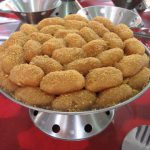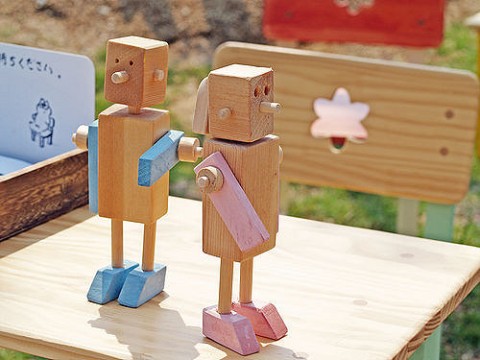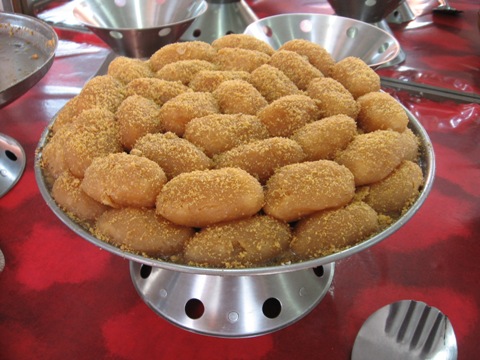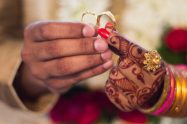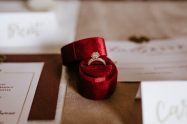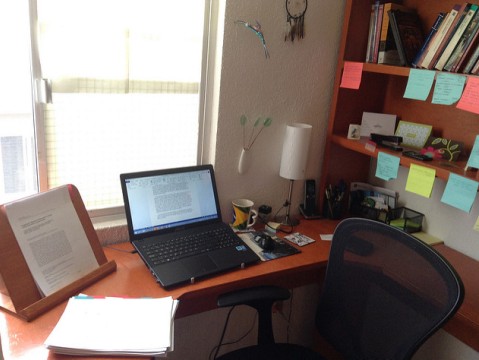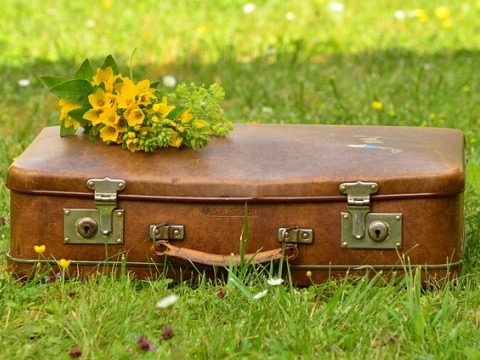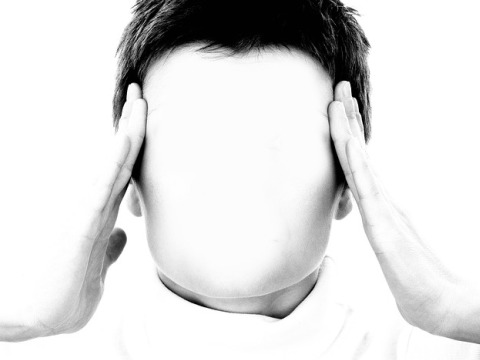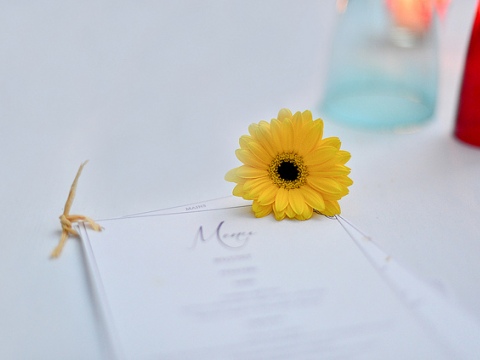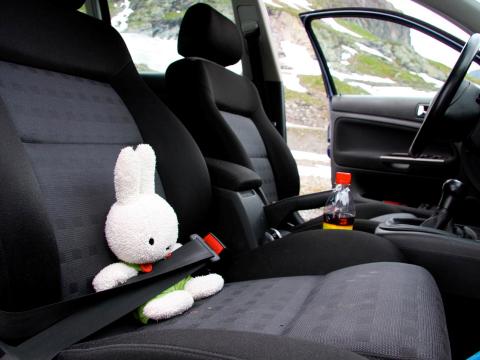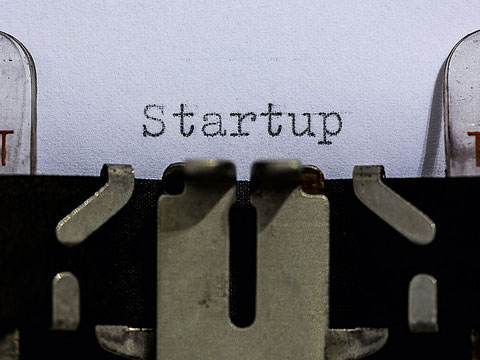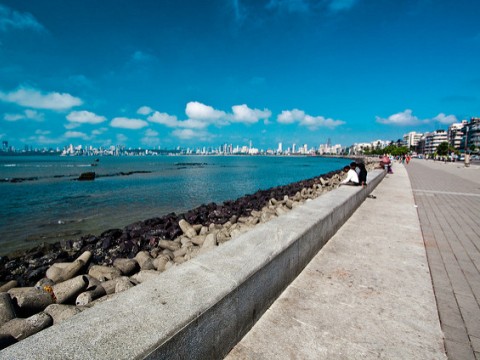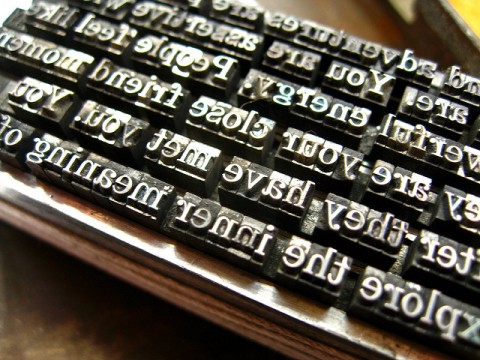Tend to eat out a lot? Know that any dining establishment you walk into influences you in ways that you may not realize. Ever thought of mind games that restaurants, cafes, and diners might play to maximize their profits? How do you suppose they have you coming back over and over again? Below is a list of tricks that eateries from fast-food joints to fine dining restaurants play to make you spend more money and become loyal customers.
Trick #1. Faking delicious aromas

How many of us have walked past a Cookie Man store and doubled back just to breathe in the heavenly aroma of freshly baked cookies? Or walked into a Subway outlet because you couldn’t resist the delightful smell of their bread being baked? Subway and Cookie Man make sure that their baking is done during the day, so that the aroma of baking lingers until closing time, luring customers in.
Often, we do not realize how our brains just play into these little games that eateries employ to maximize their sales. Studies have shown that our olfactory senses are highly connected with the area of our brains associated with memory and emotion. So, the delectable aromas wafting towards us appeal to our emotions, influencing what we buy and eat.
The American baking chain, Cinnabon even goes to the extent of baking additional sheets of cinnamon and brown sugar just to simulate the smell of their cinnamon rolls. Also, they strategically place their stores in malls and airports so that their distinctive aroma attracts passersby.
Trick #2. Increasing impulse purchases

Your proximity to a particular item increases your risk of buying it. This is exactly what Starbucks does. Have you not noticed the array of items from coffee beans to sandwiches placed temptingly near the billing counter? They are meant to sway our judgment. We fall for this impulse purchase tactic and go home with lighter wallets.
Trick #3. Verbally announcing the specials
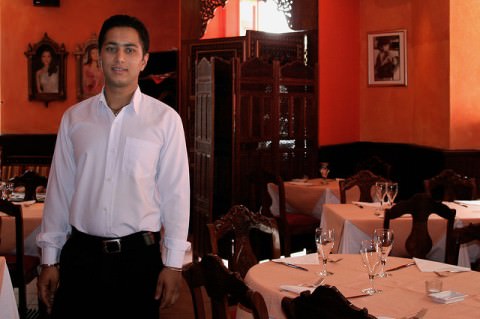
Fine dining establishments have mastered the art of getting you to spend more than you had planned on. People will do anything not to appear cheap and restaurants know that. This is why most of them verbally announce the daily restaurant specials to you because they know you will not ask for the prices of the dishes, especially if it is a date or a business luncheon or dinner. Statistically, men on dates tend to go with the waiter’s suggestion without any regard for its cost, in order to impress the women they are with.
Trick #4. Upselling
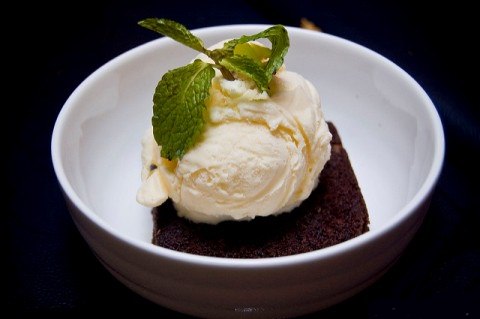
Servers are experts at convincing you to buy the most expensive dish on the menu. When they ask you if you want a dollop of ice cream to go with your dessert, you may not think of it as a big deal. However, even a single scoop of ice cream at a fancy restaurant can match the cost of the dessert you ordered, increasing your waistline while increasing their bottomline.
Trick #5. Skillful use of pictures
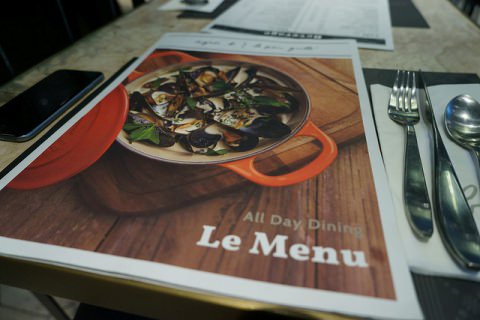
Putting enticing pictures of the dishes on the menu tempts many a customer into ordering them. Attractive pictures alongside detailed descriptions of the dish have been known to increase its sale by as much as 30%. Often, it will be the images of the most expensive dishes that get featured on the menu.
Trick #6. Manipulative use of colors
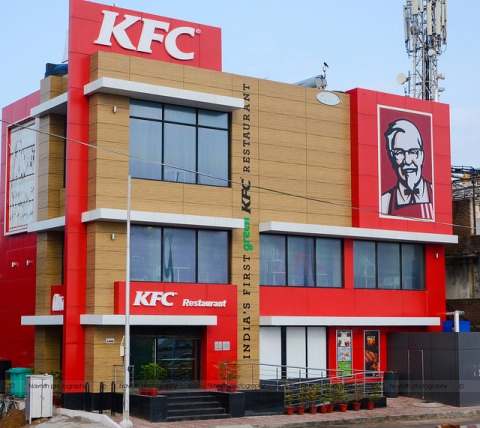
The subliminal effect of colors on humans beings has long been manipulated by restaurant owners. The color red enhances your appetite and makes you want to eat more. KFC, McDonald’s, Wang’s Kitchen, and Burger King are some of the restaurants that use red color extensively in their logos and their eatery décor. Similarly, Starbucks employs the color green. When people see green, they make associations with nature, which inadvertently makes them feel more comfortable, urging them to stay longer and order more. The reverse tactic of this is the use of yellow, which makes people want to finish their meals fast and leave. Fast-food chains use this to their advantage, often combining red and yellow. Red draws the customer in and yellow makes them want to leave soon, guaranteeing a steady flow of customers and efficient table turns throughout the day.
Trick #7. Shrewd menu design
The menu is designed in way that it has a flow and puts customers at ease. Beginning with the appetizers on the upper left hand corner and salads below it, a well-designed menu will always have good structure. The upper right hand corner is where the customer’s eyes would land first. Hence, that spot is reserved for the in-house specials or the most profitable item at the restaurant.
Trick #8. Flowery language and fancy fonts
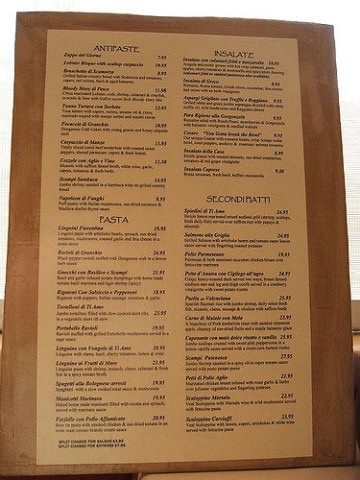
If you have been to fancy restaurants, you may have come across phrases such as “triple-basted,” “slow-cooked,” “pan-fried,” “slow-poached,” “kiln smoked,” and “flame-roasted.” These flowery, descriptive labels somehow make the diner feel that their food is special, thereby increasing its sales. Diners also equate a fancier font to quality and refinement, encouraging them to order more.
Trick #9. Using kinship terms in restaurant names
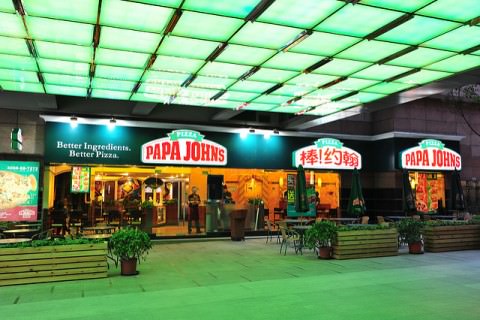
Papa John’s is called Papa John’s for a reason. Using kinship terms either in the name of the restaurant or as a prefix for a dish establishes the kind of trust that we place only on our family members. Anglo Aunty’s Takeaway and Grandma’s Lemon Tart are other examples.
Trick #10. Overpriced decoy items on the menu
Which one would you go for if you were dining out? A ₹900 Salmon or a ₹400 Chicken? Restaurant owners know that if they add an expensive item to the top of their menu, everything else on it will seem relatively cheaper and easier to justify ordering. Also, customers believe that expensive dishes tend to be of higher quality compared to their inexpensive counterparts, making it easier for restaurants to justify high prices.
Trick #11. Making you forget about the money you are spending
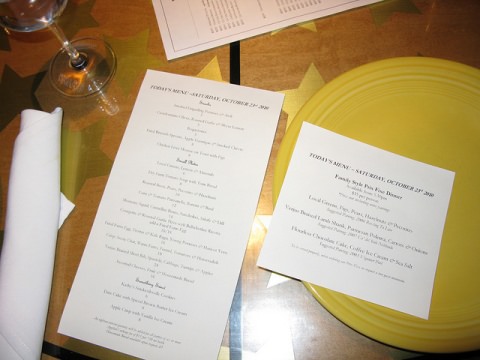
A Rupee sign next to the price of a dish would remind the customer that they are spending money. This is why most menus simply have the price only in numbers, without currency symbols. Most restaurants provide the price discreetly, often in a smaller font underneath the food description. This technique of making the customer focus less on the price and more on the dish is known as nested pricing.
Trick #12. Providing freebies/complimentary dessert with the bill
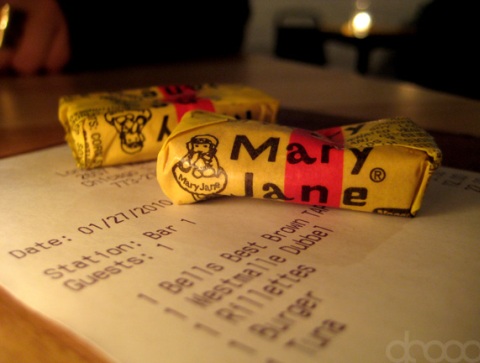
Many restaurants give you a complimentary piece of chocolate or peppermint with their bill. If you were under the impression that they were doing this out of the goodness of their hearts, you were wrong. Customers who received a freebie along with their bill have been found to tip more than customers who did not. This is the restaurant’s way of influencing you, without your realizing it, into reciprocating with an act of generosity. It has also been found that the number of chocolates correlated with the size of the tip that customers leave behind.
So, consider yourselves forewarned. Watch out for these psychological tricks the next time you eat out!
Featured image courtesy of kev-shine.
Editor’s note:
Whether you are dining at a cafe or fancy restaurant, you will be expected to follow proper dining etiquette. For tips, read: Table Manners: Dos And Don’ts.










